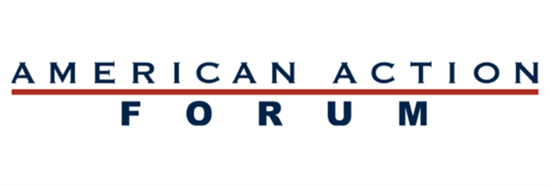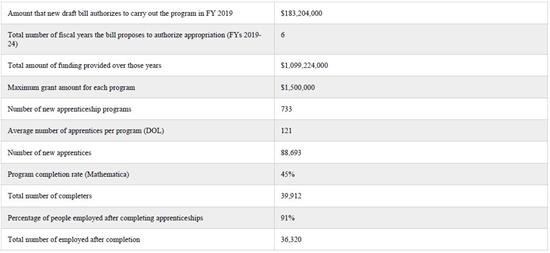E&W Blog
ICYMI: AAF Reviews PROSPER Earn and Learn Proposals
WASHINGTON,
February 7, 2018
American Action Forum recently conducted a study to examine the apprenticeship grant programs within the PROSPER Act, and how the bill would promote earn and learn opportunities for students seeking good-paying jobs that can lead to a successful career. Here are some of the highlights from their findings:
Occupation and Industry Distribution
“The PROSPER Act aims to improve upon the current apprenticeship system by encouraging partnerships that receive grants to educate apprentices for in-demand fields.” “If successful, this would be a major improvement from the current registered apprenticeship system.” Impact on Earnings “The apprenticeship programs created under the PROSPER Act would also likely raise the earnings of the workers who participate. Research has shown that those who simply participate in apprenticeships tend to earn more than workers who do not.” “Given that this bill allows awarded grants to be used to subsidize up to 50 percent of apprentice wages, participants of programs funded by this bill could end up receiving even higher wages than participants in traditional programs. Furthermore, the fact that the bill requires local business and education leaders to design apprenticeship programs for high-growth industries could set up participants for even more accelerated career wage growth.” Conclusion “The PROSPER Act could lead to at least 733 apprenticeship programs and 88,700 new apprentices by FY 2024. The operational flexibility given to local business and education leaders combined with the pro-growth requirements from the federal government would encourage states to launch new apprenticeship programs in industries that actually demand workers." To read online, click here. To learn more about the PROSPER Act, click here. |



